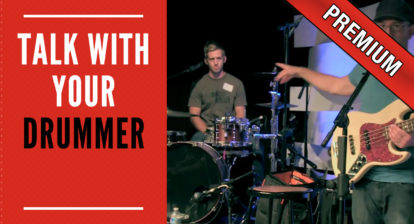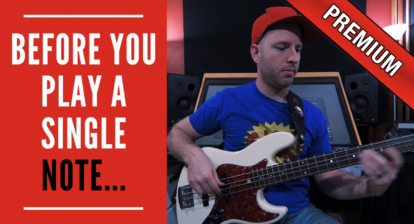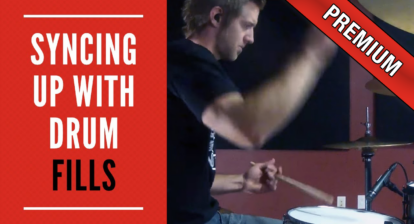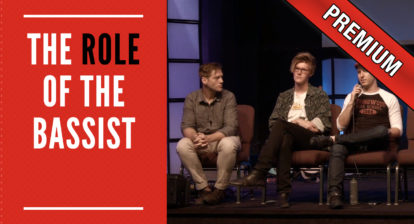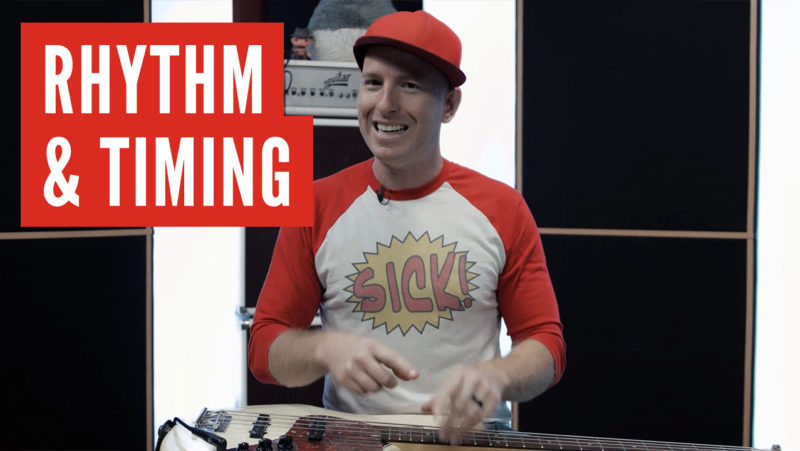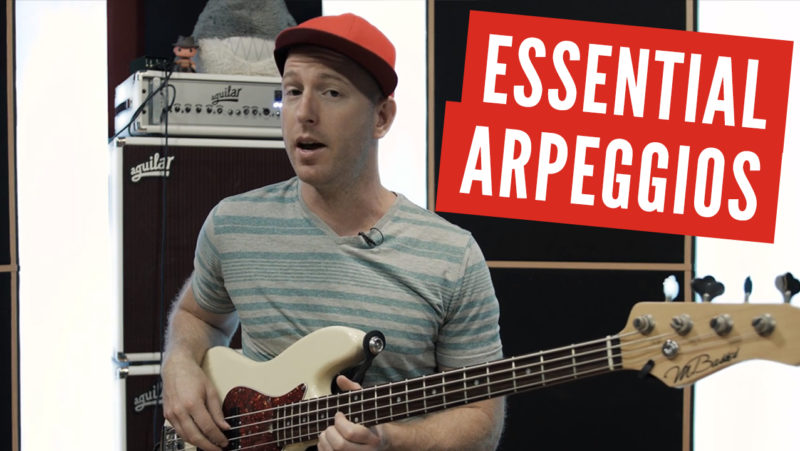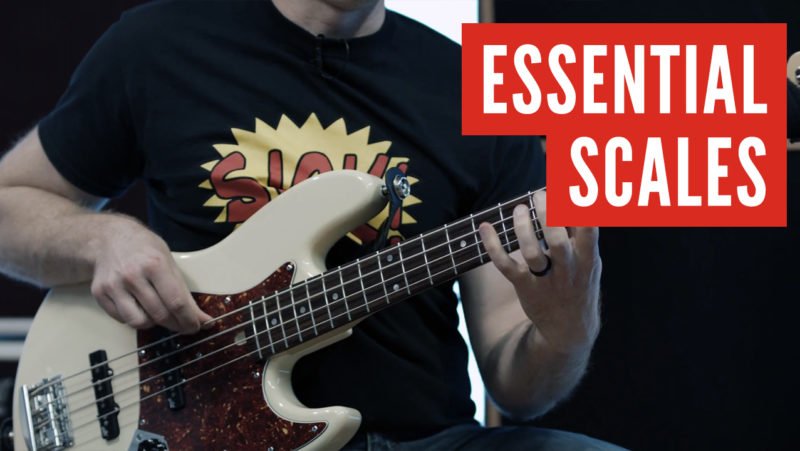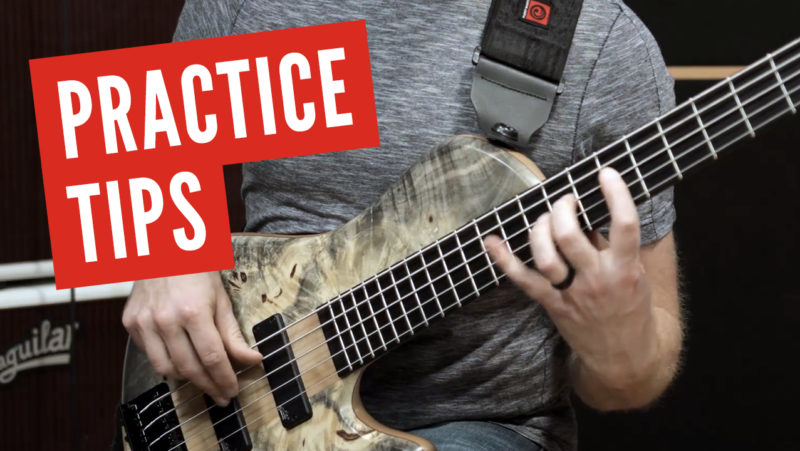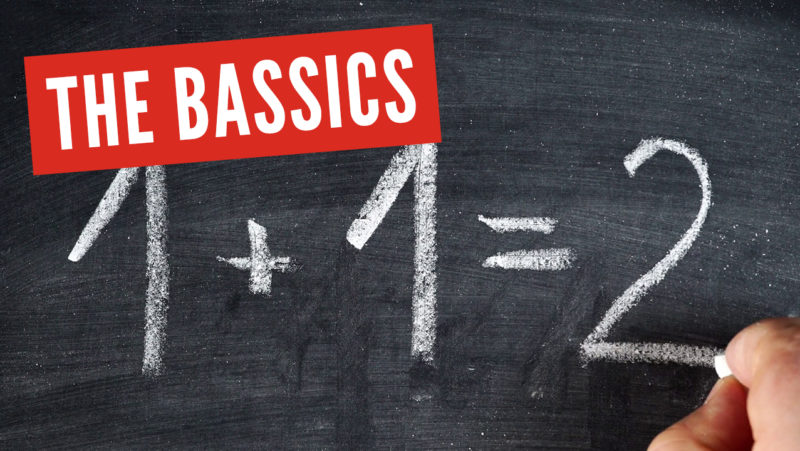Hi SanDanV! First of all, thank you so much for taking the time to share your excitement, experience and question with me. I’m very happy that you were able to hear a difference between the “Poor Groove” and the “Better Groove” examples from the How to Get Hired – Week 1/12 Locking with the Kick Pattern lesson that we learned last week. And, most of all, I’m so proud of you for spending an hour of your time trying to improve your skill-set by listening to more kick patterns! Seriously, the fact that you actually took the time out of your busy day to learn something new already sets you apart from many others, which is paramount in the land of How to Get Hired.
My advice for how to better hear kick patterns is such:
- Play them! It may be harder to hear them at first because you may not be used to it. Playing to kick patterns more often will certainly heighten your awareness to it in the mix and will also train your ear for what you need to be listening to.
- If you’re struggling with finding the kick to begin with, ask your drummer. Hopefully at least he or she is aware of the kick pattern (and you’ll have the benefit of hearing it isolated, rather than in a mix). NOTE: This is also a good thing to do to get your drummer on the same page as you, regardless of whether or not you can hear the kick patterns on your own. Not all drummers are as intentional with their kick drum as Tim, so this is a good way to get them on board with you if they’re not already!
- Play along to a simple drum machine or drum loop on your computer, phone app or your $10 Casio keyboard. You won’t have to try hard to find the kick in the mix because it’ll only be accompanied by other drums and cymbals; no messy chords or melodies to get in the way.
- The kick drum is a low frequency instrument, and besides the bass or keyboard player’s left hand, there’s not much else living down there. So use the process of elimination to find it: it’s not the vocalist, ignore him; it’s not the guitars, ignore them, it’s not the tambourine, ignore that… Just ignore all of the higher frequency instruments as best you can (for now) and what you will be left with at the end is Kick and Bass. NOTE: If you’re somewhat savvy with technology and know how to use recording software like GarageBand, Pro Tools, Logic or anything else, you can use a Low Pass Filter EQ to hide all of the top end frequencies of a mix, and then the only thing left for you to hear will be the low end frequencies, by default.
I hope that helps! Best of luck on your journey, and please let me know how it goes from here, or if there are any other questions you may have!

